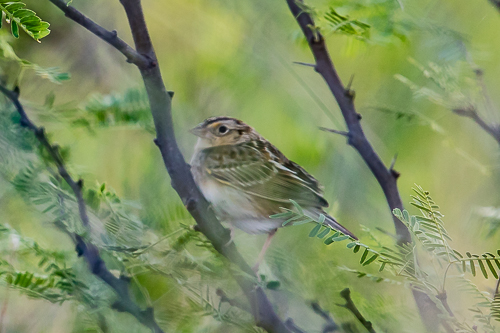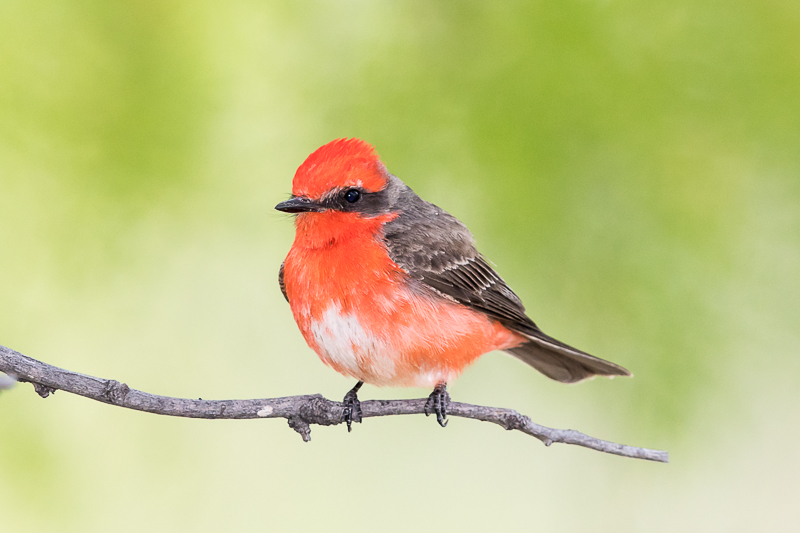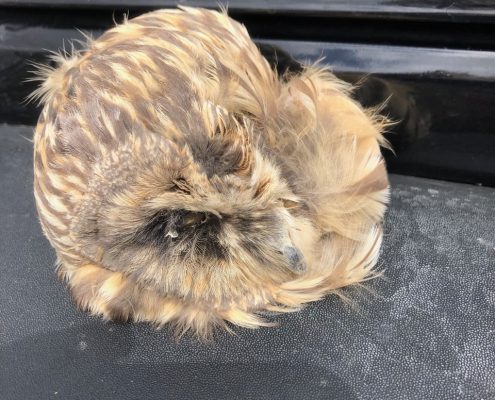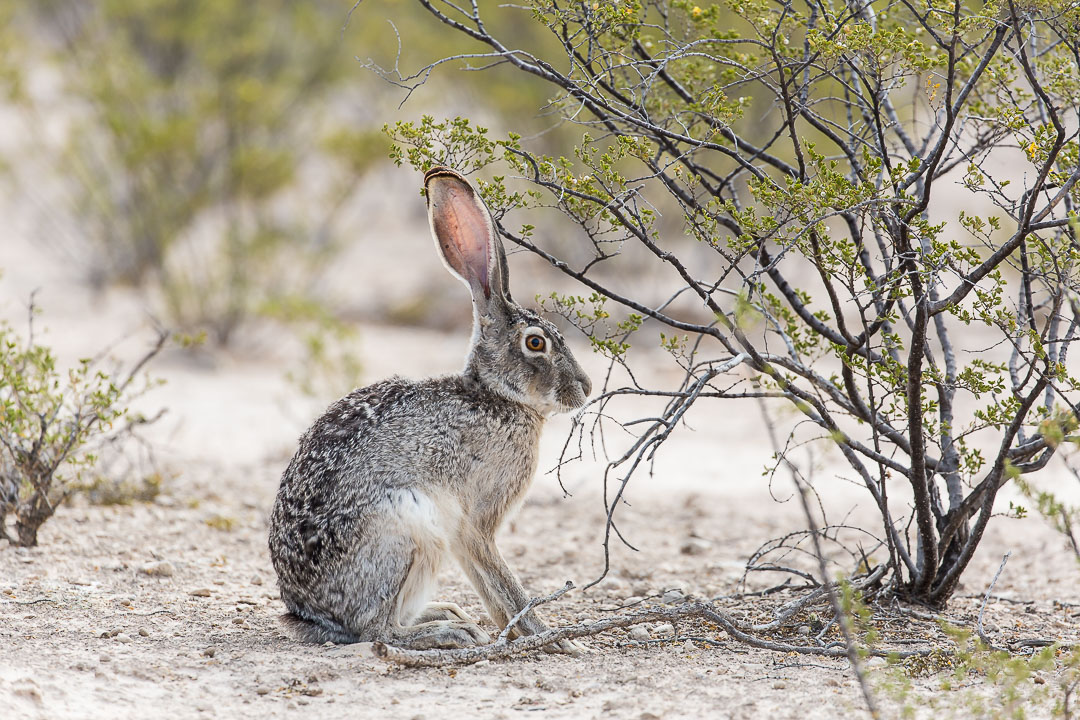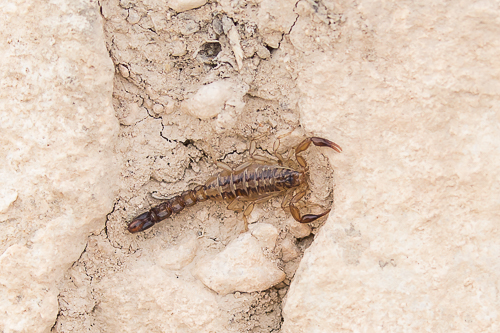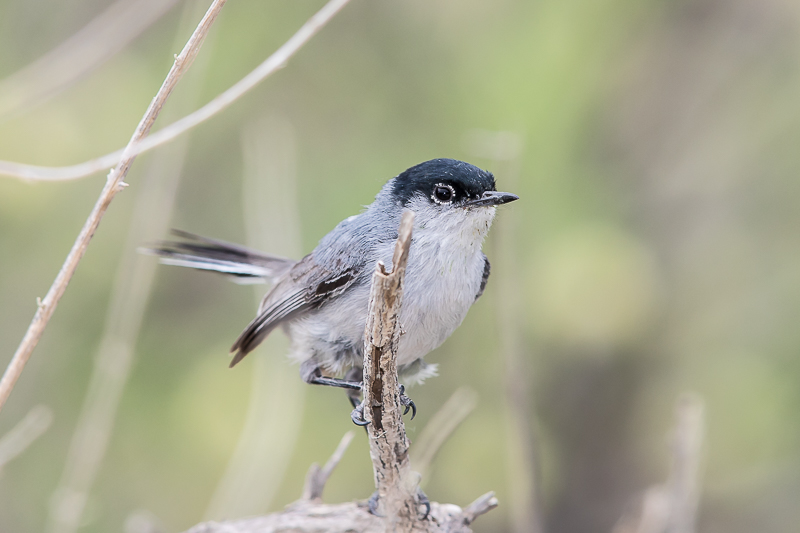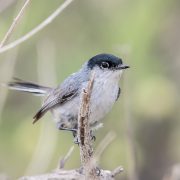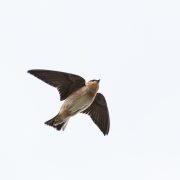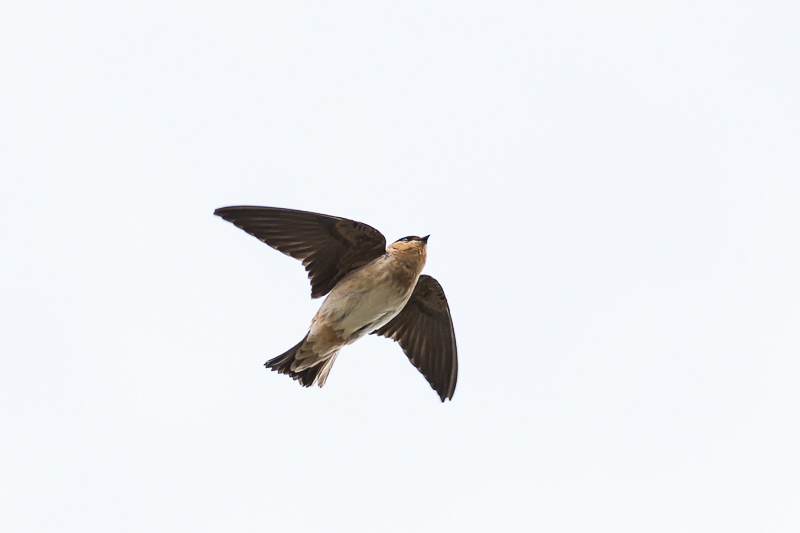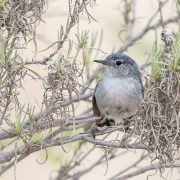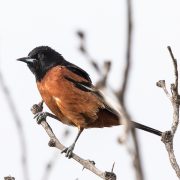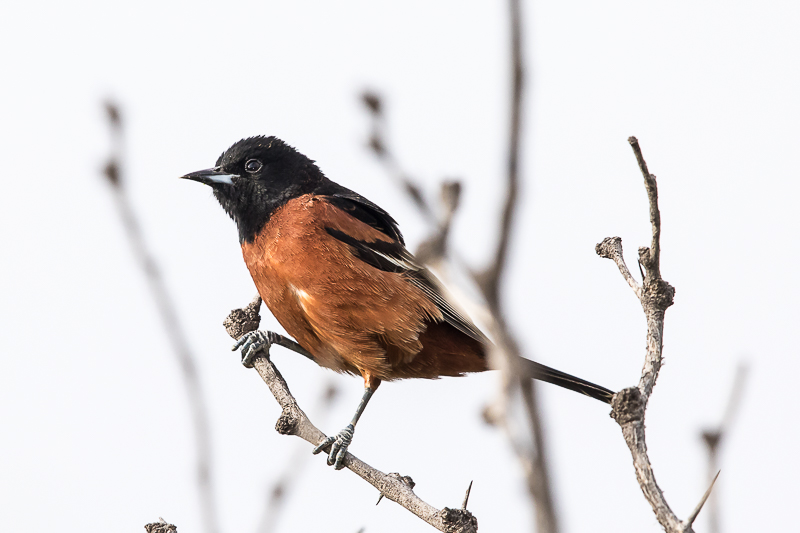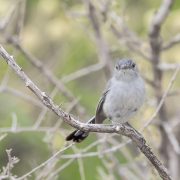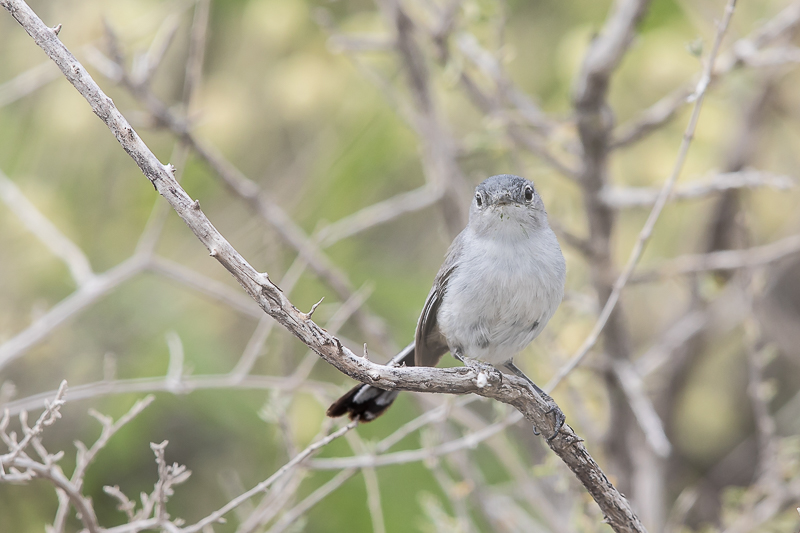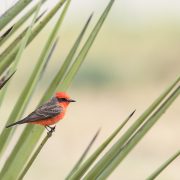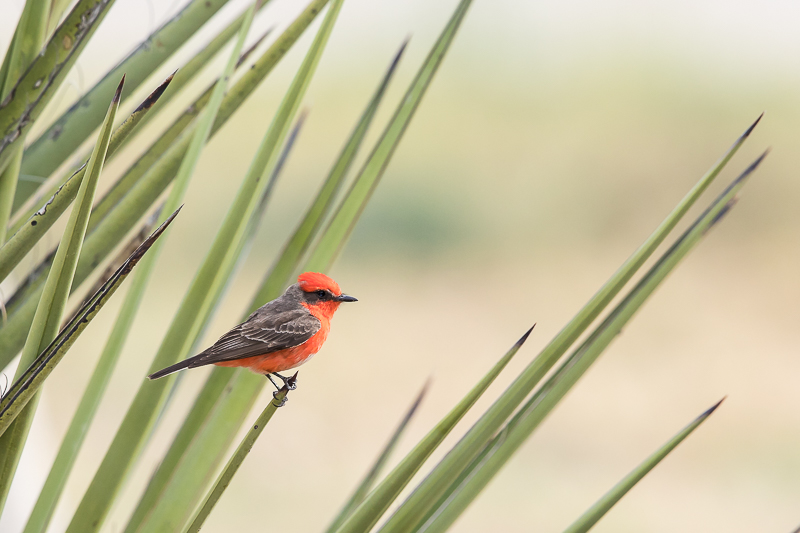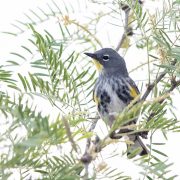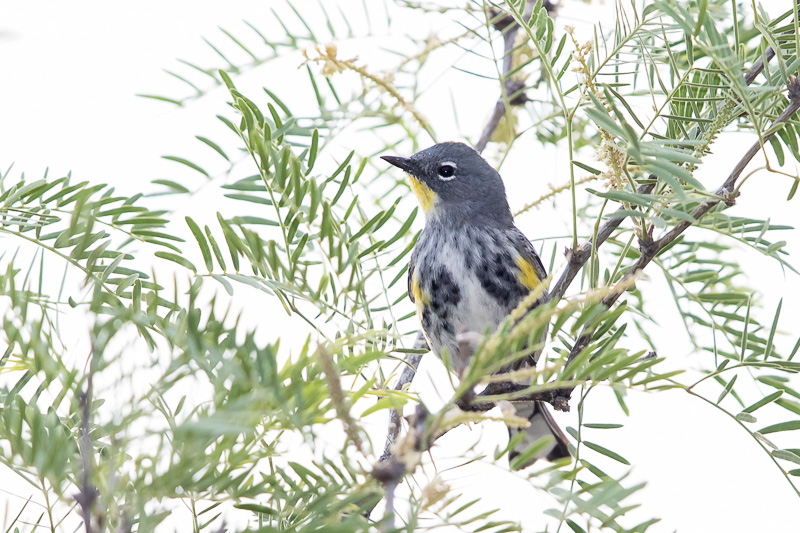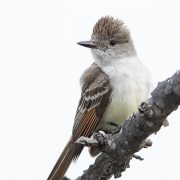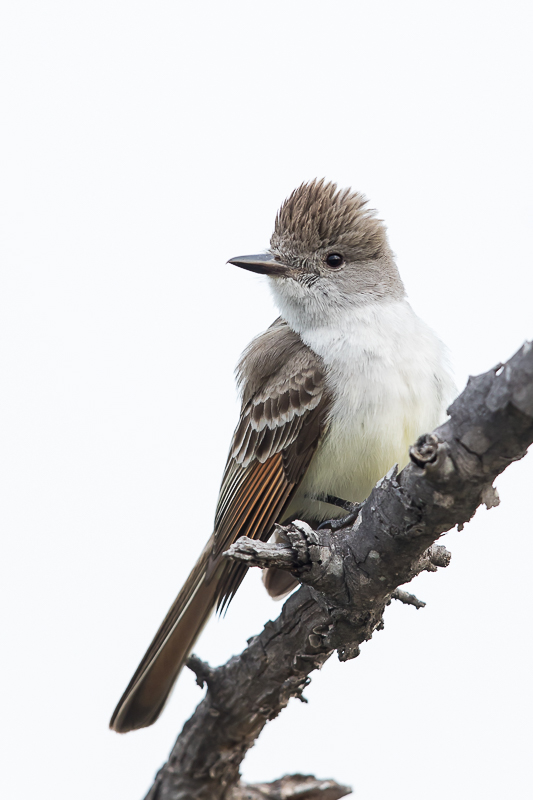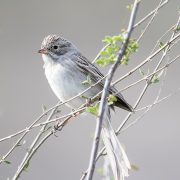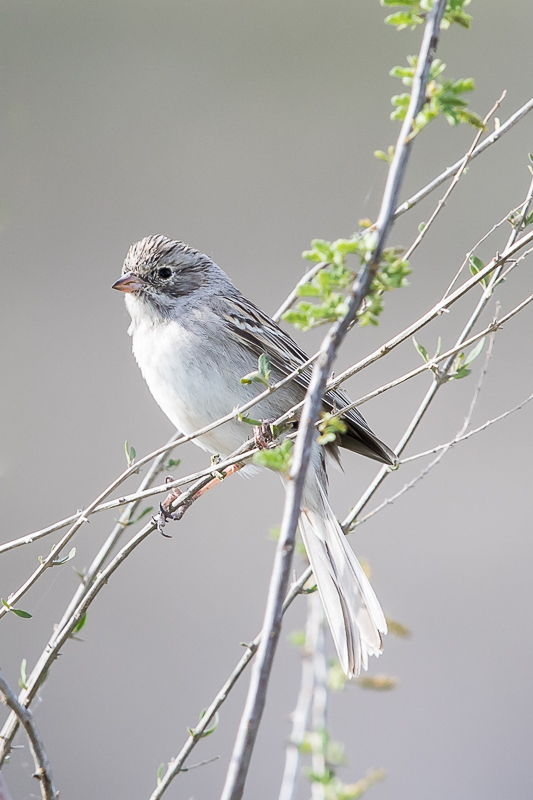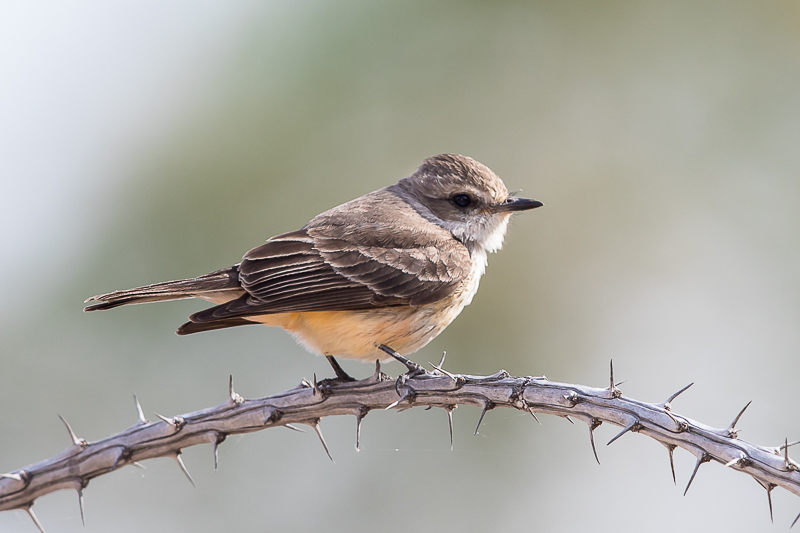Birding – East of Sanderson
Spring Migration in Sanderson
The winds were ESE this morning and at times over 21 mph; hence, it helped ground a few migrants around Sanderson. I decided to bird a few areas east of Sanderson to see what I might turn up. The first stop of the day yielded quite a few birds including a few migrants, resident birds, and lingering winter birds. The morning started out fairly cloudy so I could also photograph longer than I might normally because the light remain diffused. I didn’t manage to capture any images to write home about, but at least I recorded some of the beautiful birds found this morning. Migrants birds included Wilson’s Warblers which were the most abundant warbler species of the day. A few male Audubon’s Warblers (Yellow-rumped) in full alternate plumage are sure a beautiful sight to behold and much more vibrant to me than the Myrtle Warbler. I know the split isn’t official, but I so much more like the names Audubon and Myrtle Warbler. Other migrants included a pair of male Orchard Orioles, several Scissor-tailed Flycatchers, and a couple of House Wren were scolding around a canyon. Lingering winter birds included several sparrow species such as Lincoln’s, White-crowned, Savannah, and most surprising, a Grasshopper Sparrow which I believe is my first for Terrell County. The photo is poor to say the least as it was behind a lot of leaves, but at least it provides a conclusive identification. Grasshopper Sparrow In addition, there were also lingering the trifecta of confusion for many birders Chipping, Clay-colored and Brewer’s Sparrows. I have taught sparrow classes for the Williamson Audubon Group and Texas Ornithological Society in the past and I love this challenging family of birds. There were a few resident species of sparrow to add to the day’s list including Black-throated, Lark, Cassin’s Sparrows and Canyon Towhees. Vocalizing from the scrub and canyon included Scaled Quail, Curve-billed Thrashers, and a plethora of heard but hardly seen Bell’s Vireos. Recently returning breeding birds that were active today included a trio of Ash-throated Flycatchers with what were probably two males disagreeing over territory, Purple Martins coursed overhead and are probably a couple of the breeding birds found in Sanderson, chattering Western Kingbirds wheeled about, and several Cave Swallows nesting under a bridge with a couple of Cliff Swallow pairs thrown in for good measure were busy with the strong winds. Cave & Cliff Swallows What gets my vote as the bird most likely to get close to you and still hard to photograph is the Black-tailed Gnatcatcher which rewarded me with great views and a couple of decent images. The male plumage with his black top hat and crisp black tail is really dapper in the brush of the Chihuahuan Desert. These birds are constantly on the move foraging with all the energy of a three year old after a bowl of ice cream. This pair was no exception. Images of the male and female may be seen in the photo gallery at the top of the page. Birding around Sanderson at this time of year often includes displaying male Vermilion Flycatcher’s and today was no exception. A male that seems to still be molting into full alternate (breeding) plumage was quite active and had a little lady friend with him. I know Northern Cardinals are pretty, but for me, a Vermilion Flycatcher is even more awe inspiring. Vermilion Flycatcher What turned out to be the oddest sighting of the day was just the head of a Short-eared Owl. The bird had been deceased for awhile as the eyes and most of the soft tissue were gone. Most of the head feathers remained making the identification easy. This is certainly a wonderful bird for this area and it is a shame that the bird was deceased. I couldn’t find any sign of the body and I suspect the head was deposited in the road by a predator that couldn’t find anything worth eating on it. Photo taken by iPhone X. Short-eared Owl Mammals were also out and about as I saw Texas Antelope Squirrel, Mule Deer and the greyhound of the mammal world in the United States, the Black-tailed Jackrabbit. Black-tailed Jackrabbit I did take a few minutes to flip a few rocks looking for reptiles and invertebrates and my efforts were rewarded with a lifer (first time to see one in the wild) species of scorpion. Maaykuyak waueri is a very small (18 to 26 mm long) scorpion with a unique pattern on the dorsal surface. Much smaller than the typical Centroides vittatus (Texas Bark Scorpion) with which most people are familiar, this scorpion was so small it was challenging to even pick it up. I took a few images and allowed him to crawl back under his rock. Maaykuyak waueri After birding for the better half of a day, I came home to plant a large Desert Willow and Anacacho Orchid Tree in my native plant yard. It took a while as the Desert Willow was in a 24″ x 18″ container. As soon as I finished, I began to bird the yard and the following first of year species: Yellow-headed Blackbird, Orchard Oriole, and Zone-tailed Hawk which has to be one of my top three yard birds I enjoy seeing. Phainopepla and Lucifer Hummingbird being the other two on that list. Scott’s Orioles challenge for that list as well. Tomorrow I am off to photograph in Fort Davis at a location where we will be offering a Birds of Fort Davis Photography Workshop where Montezuma Quail, Lucifer’s Hummingbirds, and many other excellent higher elevation birds can be seen and photographed. If you would like to join us for a birding tour or photography workshop, these are now live on our website and you can select a date(s) for your tour or join a schedule workshop. Our photography tour page will be live soon!